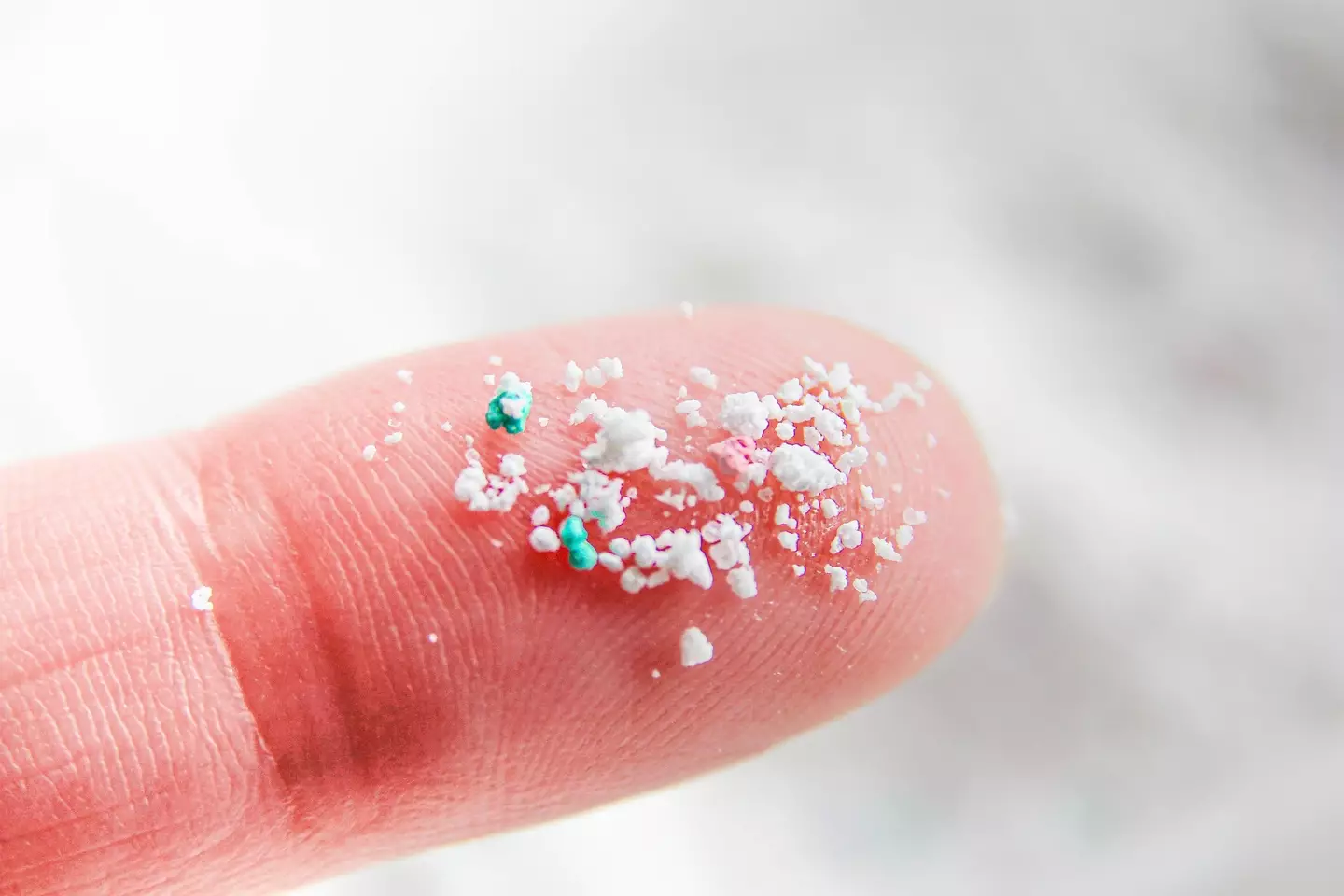
The weekly shop costs an absolute bomb these days, doesn’t it?
If you’ve been trying to cut back on costs, you might have opted for some precise meal-planning that helps to minimise waste and potentially leave you with enough leftovers to cover some extra meals on those nights where you can’t be bothered to cook.
It can be tricky enough to make the most of fresh ingredients when they seem to have shorter shelf lives than they used to, especially if you get weekly deliveries.

Advert
This writer’s experienced a delivery or two featuring vegetables that were already rotting, if that’s any indication of how quickly you need to get that batch cook done.
No matter the food, if you’re planning to save it for later then it needs sealing and, save for things like cake, refrigerating or freezing. With that in mind you’ve probably got a cupboard full of plastic containers salvaged from Chinese takeaways and the like, and for a long time these resealable tubs have been the go-to food storage item.
However, recent years have seen concerns about microplastics – tiny plastic particles of 5mm in length or less – have a serious blow-up. They’re seemingly everywhere, including in our bodies, and they’ve been shown to damage human cells. Studies on fish have shown that microplastics impact upon their reproductive systems and liver, and similar concerns abound about their potential effects on our own systems.
If you’re trying to avoid them, well, good luck. They were first found in humans in 2022, and their prevalence in food and water systems mean there’s a good chance we’ve all got some in us.
Advert
Taking measures against ingesting more is probably a good idea, although the evidence of their impacts upon the body is still relatively under-developed. For now we need to sit tight and wait for our best and brightest to figure things out on that front, and in the meantime it might be wise to take sensible precautions.
Ditching the plastic tubs is one way we can curb our potential for ingesting microplastics. As they develop wear and tear there’s more and more likely of little fragments chipping off and ending up in our grub.
If you’re not ready to chuck them out and get some glass or metal alternatives, there are three food types in particular that ought to be kept away from the plastic.
Speaking to Delish, experts Dr Andrea De Vizcaya Ruiz from UC Irvine and Bryan Quoc Le, from Mendocino Food Consulting shared those three foods and explained why they’re bad news in plastic containers.
Advert
"Microplastics are now found in virtually every environment—including our food, drinking water, and air," said Dr De Vizcaya Ruiz.
"Due to their widespread presence in the environment and their identification in human tissues (lungs, blood, vascular atheromas, and placenta), there are growing concerns about their potential health effects through ingestion, inhalation, or skin contact."
Quoc Le added: "The general consensus is that it is considered unhealthy to store food in plastic containers.
“Even the more durable ones intended for long-term use still shed microplastics, especially when hot food is put into them."
Advert
Dr Ruiz then detailed the three foods to keep clear of the plastic tubs.
.jpg)
Acidic Foods
Dr Ruiz said that acidic foods ‘chemically react with plastics over time’, meaning there’s a chance of plastic compounds leaching into the food. If you reheat the food in the tub, namely in a microwave, you may be accelerating those reactions with the heat.
Greasy and Oily Foods
Dr Ruiz said greasy grub can ‘absorb plasticisers’. Plasticisers are compounds that make plastics more flexible and resilient, and plastic tubs are rarely of the super-rigid plastic variety.
Hot Food
If you’re going to store food in plastic containers, it’s best to let it cool down first. The heat can help microplastics to release and, as already mentioned, can increase the rate of reactions between plastics and the contained food.
